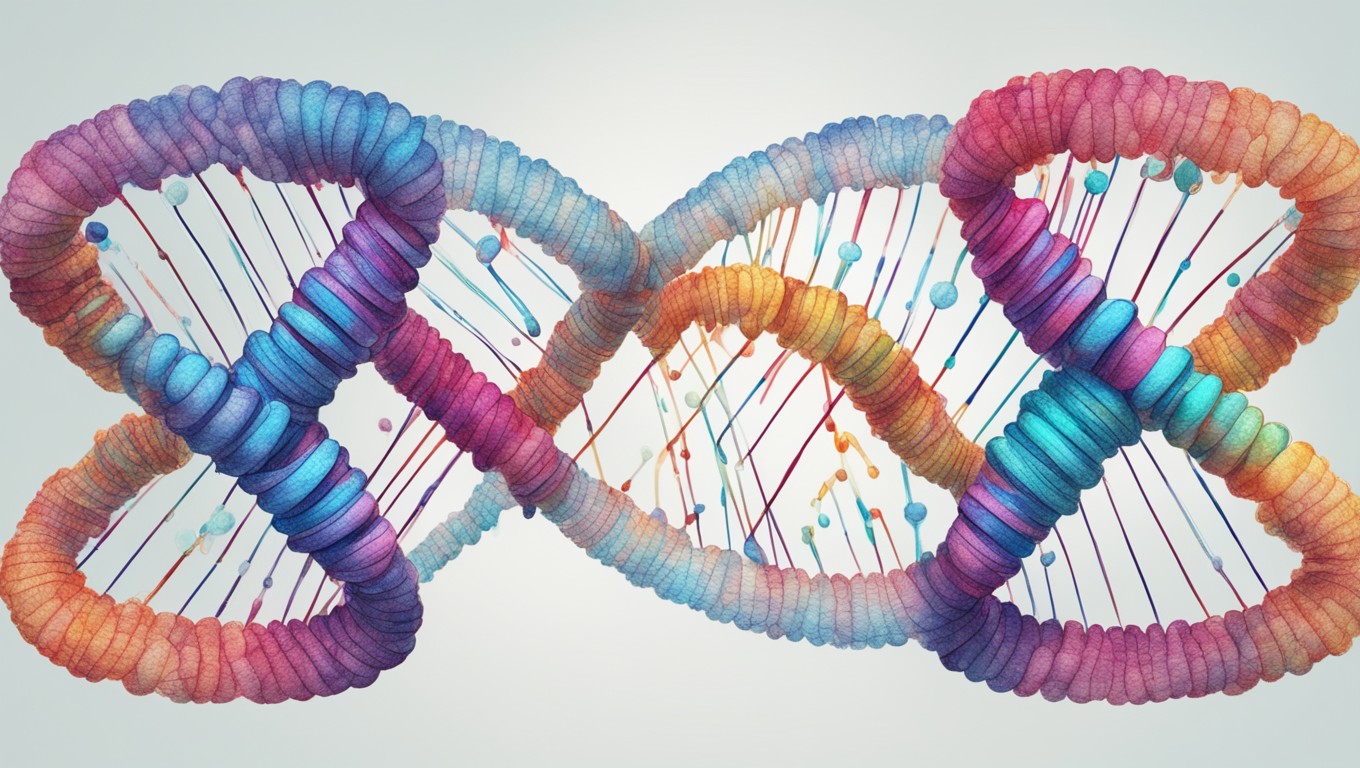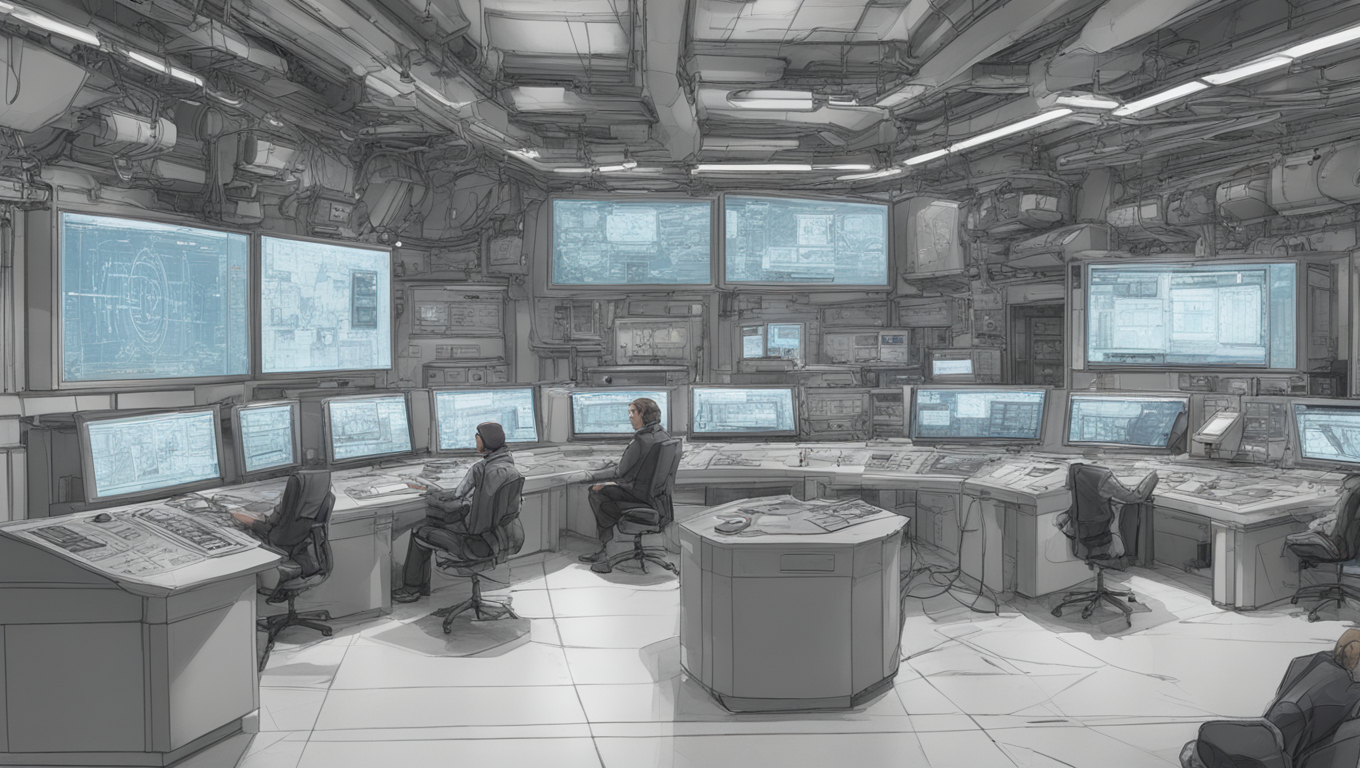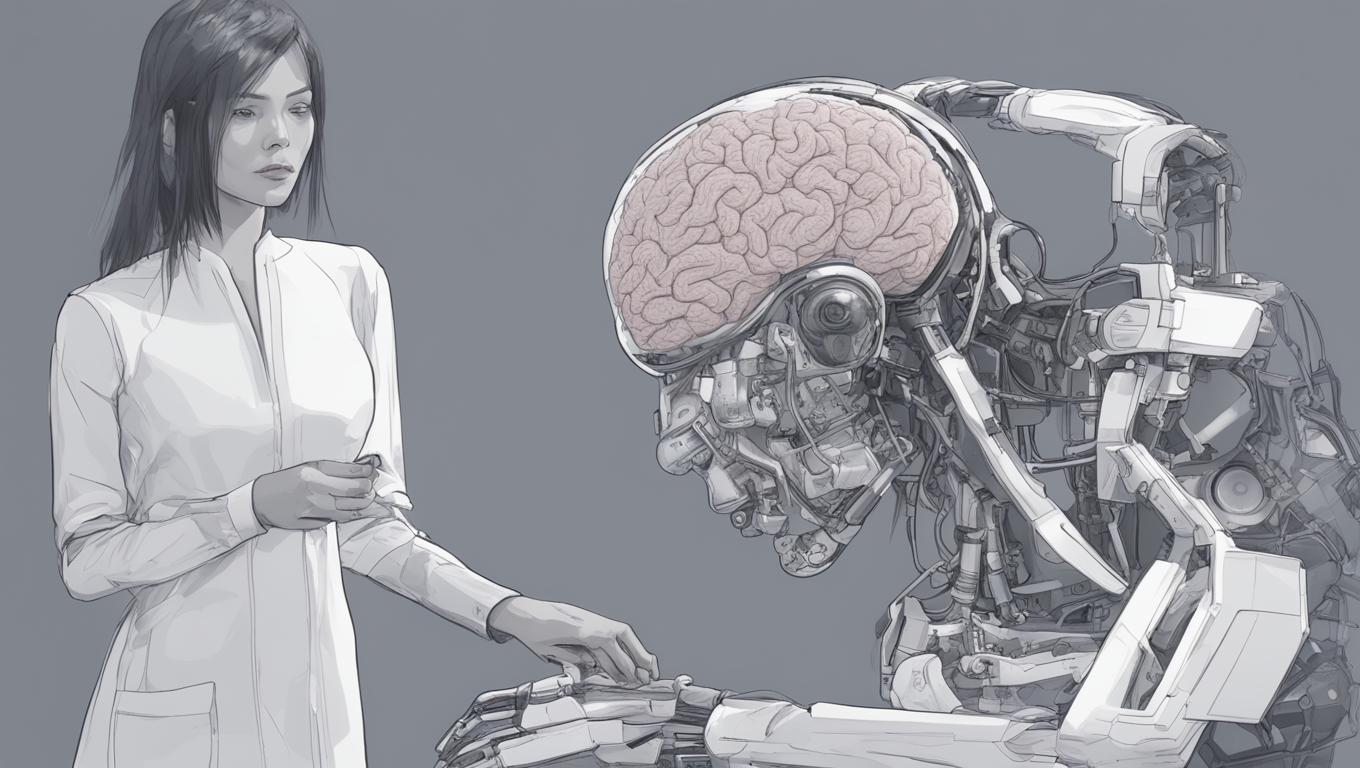A groundbreaking study conducted at Los Alamos National Laboratory has utilized machine learning techniques to uncover the hidden signals that precede an earthquake. This research represents a significant step forward in earthquake detection, as it marks the first time that scientists have been able to identify these warning signs in a stick-slip fault, a type of fault that can result in devastating earthquakes.
The team’s lead researcher, Christopher Johnson, explains, “We wanted to see if we could pull out signals from the noise and identify where in the loading cycle the system was in terms of nearing a major slip, which causes earthquakes. This is the first time we’ve been able to apply this method to an earthquake of this type and of this magnitude.”
To conduct their study, the team utilized data collected between June 1, 2018, and August 2, 2018, by the U.S. Geological Survey’s Hawaiian Volcano Observatory from the Kīlauea volcano in Hawaii. Over this period, the volcano experienced more than 50 earthquakes of varying magnitudes. By focusing on 30-second windows of seismic data, researchers were able to identify a hidden signal, similar to a fingerprint, that corresponded to each event’s loading cycle. Importantly, this hidden signal consistently appeared prior to detectable ground movement associated with the earthquake.
These findings build upon previous research conducted by Los Alamos in fault-prone regions such as California and the Pacific Northwest. In those studies, machine learning was employed to detect precursory signals. Tectonic plates colliding can generate weak tremors in the ground known as continuous acoustic or seismic emissions. In the past, these emissions were dismissed as noise without any meaningful information about the state of the fault. However, Los Alamos researchers have discovered that these waveform signals contain valuable data that can help infer physical properties of a fault, including displacement, friction, and thickness. Most remarkably, the team identified predictable patterns in the signals, providing insight into the fault’s current state and whereabouts in its slip cycle.
What sets this latest research apart is that it successfully applied the machine learning approach to seismogenic faults—the specific layer where earthquakes originate. The team focused on a series of highly active, magnitude-5 stick-slip events that occurred at the Kīlauea volcano. During this seismic activity, the caldera sunk 1,600 feet, and global navigation satellite systems measured millimeter-scale ground displacement. By analyzing this data with their machine learning model, researchers could estimate the ground displacement and predict the time until the next fault failure. Previously, similar machine learning models had been applied to slow-slip events, which are characterized by subtle ground tremors occurring over extended periods prior to a seismic event. These slow-slip events provided valuable datasets for training the machine learning models. However, stick-slip faults, such as the one found at Kīlauea, generate much stronger ground motions more rapidly and have proven elusive to prediction until now.
This groundbreaking research offers promising possibilities for assessing earthquake hazards on a global scale. Johnson notes, “We’re looking at how the noise evolves, and that gives us details about its current state and where it is in the slip cycle.” By being able to accurately track and predict the progression of fault loading cycles, scientists can gain a deeper understanding of the underlying physics and potentially develop improved strategies for earthquake prediction and hazard mitigation.
The utilization of machine learning techniques in earthquake research represents an exciting development in our ongoing quest to understand and forecast these natural disasters. With the ability to extract valuable information from previously dismissed noise signals and predict the occurrence of potentially devastating earthquakes, these advancements have significant implications for the future of seismology and the safety of communities living in earthquake-prone regions.





Use the share button below if you liked it.